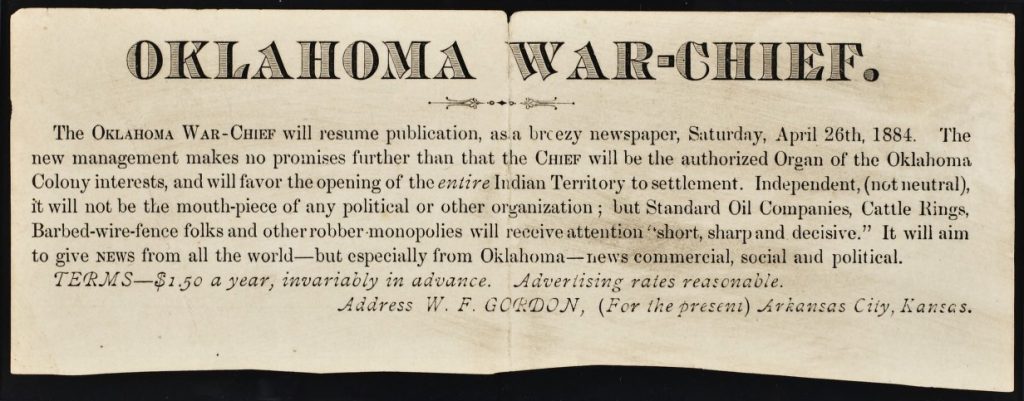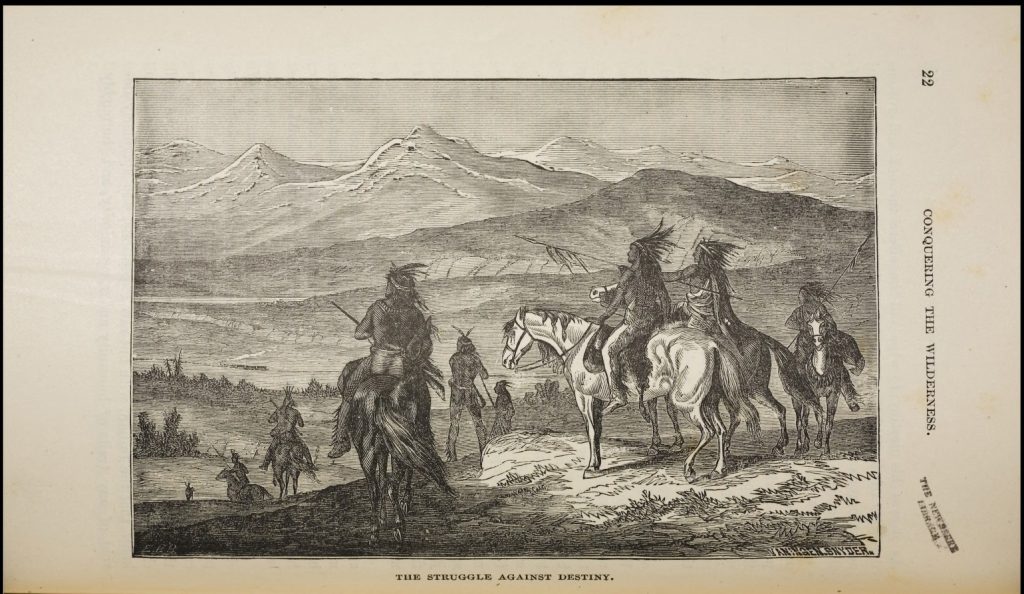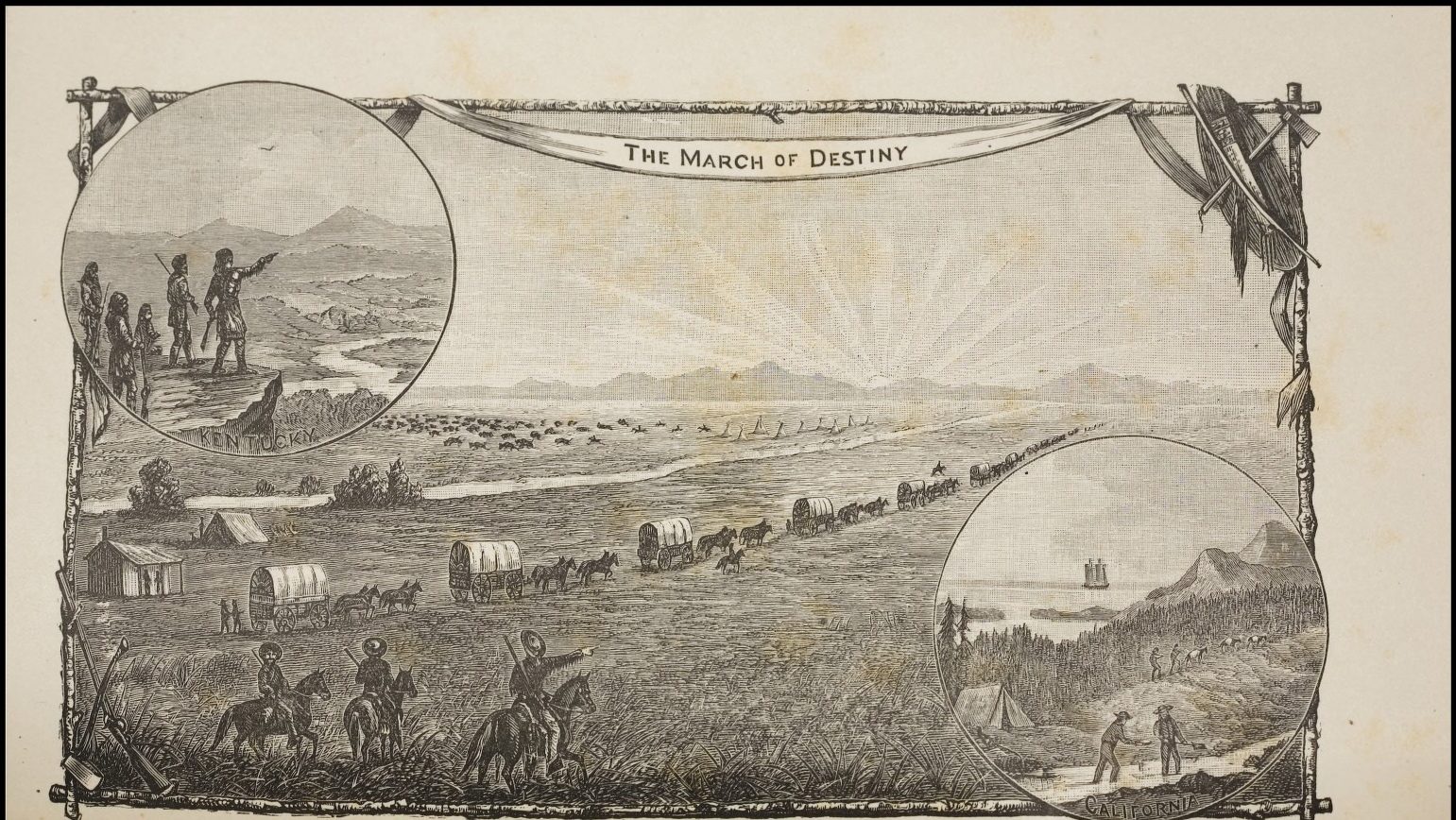When people write or create images or even pass laws, they usually bring their own set of beliefs and attitudes to what they make. They have a bias that affects the final product. It’s important to be able to figure out what that bias is.
Sometimes, the bias is stated clearly. The writer in the example below does not try to hide the bias of the newspaper.

In other cases, you have to figure out what the bias is by looking at the material and thinking critically about it. The person who created these illustrations for the book Conquering the Wilderness, by Colonel Frank Triplett, made the bias of the book very obvious—showing the European Americans marching steadily into the brightness of a new day and labeling it “destiny,” and showing American Indians watching the march and labeling it “the struggle against destiny.” This form of bias is often called propaganda.


In other sources, a bias can be more difficult to spot. You may even have to look outside the material and learn the identity and background of the creator. The person who wrote the next example was D. L. Payne, leader of the “Boomer” movement, which was determined to get the government to break their treaties with Native American tribes and open all of “Indian Territory” to white settlement. He had a strong pro-settlement bias.

Finally, a bias is not necessarily a bad thing. Lewis Hine took photographs for the National Child Labor Committee. The bias of his photographs was simply that children should not be required to work.




